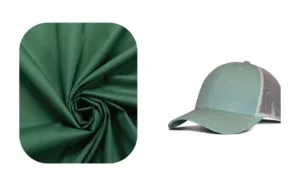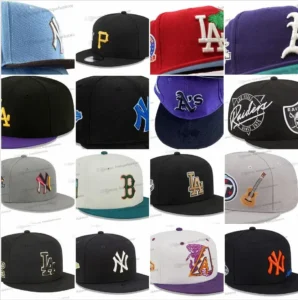Have you ever stopped to wonder what makes your favorite hat not only stylish but functional too? The fabric used in hat construction plays a huge role in its look, feel, and performance. But with so many options out there, what kind of fabric is used for hats? From breathable cotton to durable wool and eco-friendly materials, hat fabrics are chosen based on comfort, durability, and style preferences.
Hats can be made from a wide variety of fabrics, including cotton, wool, polyester, straw, and even eco-friendly materials like organic cotton and recycled fibers. Each fabric offers unique benefits suited for specific purposes like warmth, breathability, and style. Whether you’re looking for a casual cap for everyday wear or a stylish fedora for a formal event, the fabric choice makes all the difference. But, how do these fabrics impact the performance and aesthetics of your hats? Let’s dive deeper.
1. What Are the Most Common Fabrics Used in Hat Manufacturing?
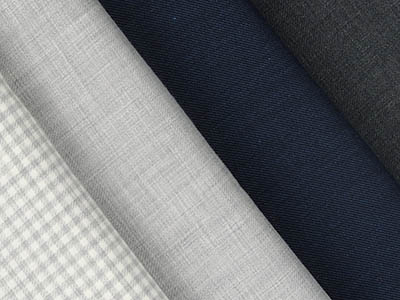
The most common fabrics used in hats include cotton, wool, polyester, straw, and synthetic blends. Each fabric is selected for its unique properties that help to achieve a desired function or aesthetic.
Cotton, wool, polyester, straw, and synthetic blends are the most common fabrics used in hats, chosen for their comfort, durability, and breathability.
- Cotton: Natural, breathable, and soft, cotton is a favorite for casual hats like baseball caps. It’s comfortable to wear in warm weather but tends to lose shape after extended use.
- Wool: Known for warmth and moisture-wicking properties, wool is a go-to fabric for colder weather hats like beanies and fedoras. It provides insulation while maintaining comfort.
- Polyester: A synthetic fabric that’s durable, moisture-resistant, and easy to care for. Polyester is often used in sports and activewear hats due to its ability to withstand wear.
- Straw: Ideal for sun hats and wide-brimmed designs, straw is lightweight, breathable, and offers excellent sun protection. However, it’s not as durable as other fabrics.
- Synthetic Blends: These combine the best features of various fabrics, like the moisture-wicking ability of polyester with the softness of cotton. Popular in modern cap designs, these blends help to balance comfort and durability.
| Fabric Type | Durability | Comfort Level | Breathability | Ideal for |
|---|---|---|---|---|
| Cotton | Medium | High | High | Casual, everyday hats |
| Wool | High | High | Medium | Cold-weather hats, fedoras |
| Polyester | High | Medium | Low | Sports, activewear |
| Straw | Low | High | High | Sunhats, beach hats |
| Blends | Medium-High | High | High | Versatile, modern hats |
2. Which Fabric Offers the Best Comfort for Different Hat Styles?
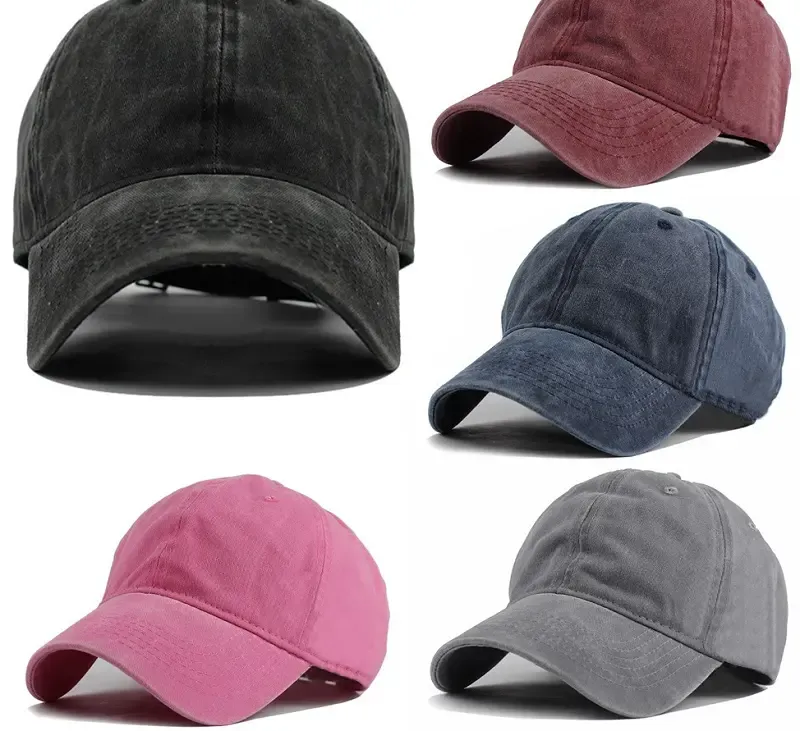
Comfort is one of the most important factors when choosing a hat fabric. Materials like cotton and wool provide superior comfort for all-day wear, but the best fabric often depends on the specific hat style and its intended use.
Cotton and wool are the best fabrics for comfort in hats, with cotton offering breathability and wool providing warmth and softness.
- Cotton for Comfort: Cotton’s softness and breathability make it ideal for casual hats worn during warm weather. However, its structure can lose shape, which might affect long-term wearability.
- Wool for Insulation: Wool provides excellent warmth and moisture control. It’s ideal for colder climates, offering both comfort and style, though it might feel heavy during hot weather.
- Polyester for Performance: While not as breathable as cotton, polyester excels in activewear hats due to its lightweight, moisture-wicking, and fast-drying properties.
- Straw for Cool Comfort: Straw hats are perfect for hot summer days. Their lightness and natural fibers provide a breezy, comfortable experience, though they may lack the softness of other fabrics.
- Synthetic Blends for Versatility: Blended fabrics, like cotton-polyester mixes, combine comfort with durability, making them suitable for a variety of occasions.
| Fabric Type | Comfort Level | Best For | Pros | Cons |
|---|---|---|---|---|
| Cotton | High | Casual, everyday hats | Soft, breathable, affordable | Loses shape over time |
| Wool | High | Cold-weather hats | Warm, moisture-wicking | Can feel heavy in heat |
| Polyester | Medium | Sports, activewear | Moisture-wicking, durable | Less breathable |
| Straw | High | Sunhats, beach hats | Lightweight, breathable | Not durable, frays easily |
| Blends | High | Versatile designs | Soft, durable, comfortable | Quality varies |
3. How Do Fabrics Affect the Durability and Longevity of Hats?
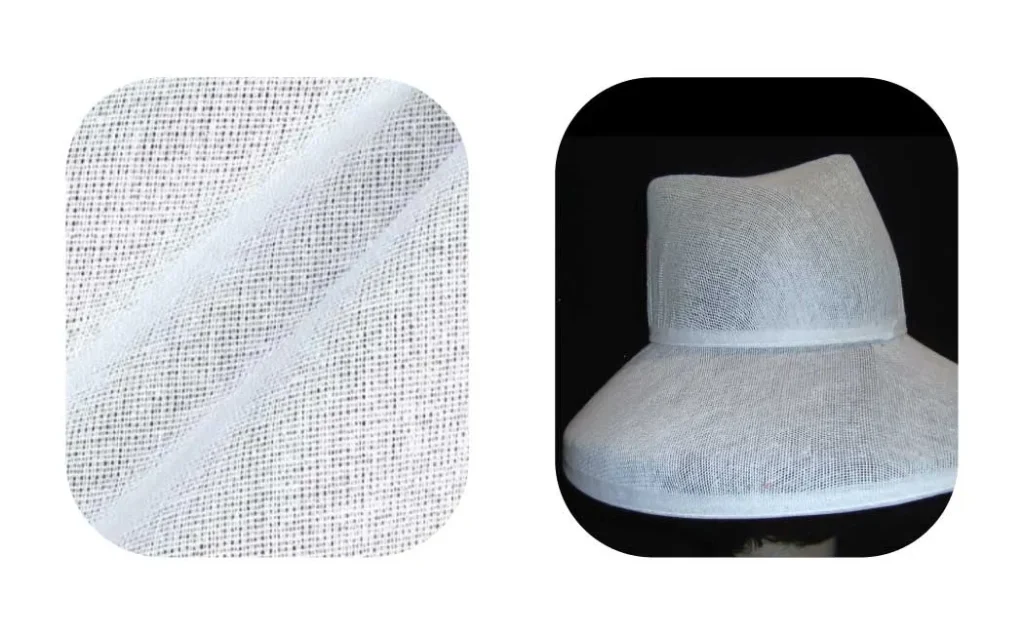
Durability plays a crucial role in choosing the right fabric for hats, especially if the hat will be exposed to harsh conditions like frequent washing, sweating, or outdoor activities.
Fabrics like polyester and wool are more durable than cotton or straw, offering better longevity and resistance to wear and tear.
- Polyester for Strength: Polyester is a synthetic fabric known for its exceptional durability. Resistant to fading, stretching, and shrinking, polyester is often used in hats that need to withstand heavy use.
- Wool for Resilience: Wool, especially felted wool, is naturally durable and retains its shape even after prolonged wear. However, it requires special care to prevent damage from moisture.
- Cotton’s Limitations: While cotton is comfortable, it’s less durable over time. It tends to fade, shrink, and lose its shape, particularly when exposed to sunlight or repeated washing.
- Straw’s Fragility: Straw hats offer excellent breathability, but they can break, fray, or lose their structure with rough handling or wet conditions.
- Blended Fabrics for Durability: Blends that combine synthetic fibers with natural materials offer increased durability while retaining comfort. These fabrics are less prone to shrinking and more resistant to environmental damage.
| Fabric Type | Durability | Water Resistance | UV Resistance | Best For |
|---|---|---|---|---|
| Polyester | High | High | High | Activewear, sports hats |
| Wool | High | Moderate | High | Fedoras, winter hats |
| Cotton | Low | Low | Low | Casual hats |
| Straw | Low | Low | Moderate | Sunhats, beach hats |
| Blends | Medium-High | High | High | Versatile designs |
4. Are Eco-Friendly Fabrics Used for Hat Production?
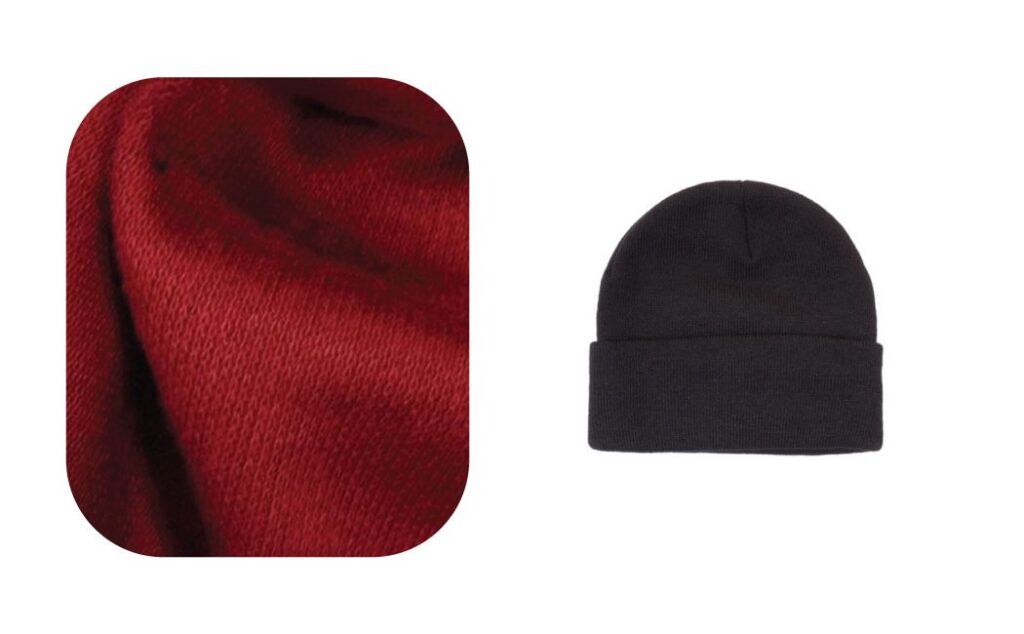
As sustainability becomes a growing priority, many manufacturers are opting for eco-friendly fabrics like organic cotton, recycled polyester, and hemp to reduce environmental impact.
Eco-friendly fabrics like organic cotton and recycled polyester are increasingly used in hat production, offering sustainable alternatives without compromising on quality.
- Organic Cotton: Organic cotton reduces the environmental footprint by eliminating pesticide use and reducing water consumption. It’s also more biodegradable than conventional cotton.
- Recycled Polyester: Made from recycled plastic bottles, recycled polyester helps reduce plastic waste while maintaining the durability and moisture-wicking properties of virgin polyester.
- Hemp: Hemp is a fast-growing plant that requires fewer pesticides and water, making it a highly sustainable fabric option. It’s durable and biodegradable, though less commonly used in hat production.
- Innovative Materials: Emerging materials like bamboo fabric and biodegradable plastic blends are being explored to create more sustainable and eco-friendly hats.
| Eco-Friendly Material | Environmental Benefit | Performance | Challenges |
|---|---|---|---|
| Organic Cotton | Reduces pesticide use, conserves water | Soft, breathable | Higher cost |
| Recycled Polyester | Reduces plastic waste, saves energy | Durable, moisture-wicking | Limited availability |
| Hemp | Low water use, fast-growing | Durable, biodegradable | Limited commercial use |
| Bamboo | Low environmental impact | Soft, lightweight | Higher production cost |
5. How Does Fabric Impact the Style and Appearance of Hats?

The fabric used in a hat plays a key role in determining its overall look and feel. Different materials contribute to the texture, structure, and aesthetic appeal of the hat.
Fabrics like wool felt and straw contribute to the refined appearance of hats, while cotton and polyester offer more casual, versatile styles.
- Wool Felt for Elegance: Wool felt offers a sophisticated and structured look, making it ideal for formal hats like fedoras and trilbies. Its soft texture also adds a touch of luxury.
- Straw for Summery Vibes: Straw hats have a casual, laid-back aesthetic, perfect for summer wear. Their natural, woven texture provides a unique, stylish appearance.
- Cotton for Casual Styles: Cotton’s versatility allows for various styles, from simple caps to high-fashion hats. Its ability to hold colors well makes it ideal for printed and embroidered designs.
- Polyester for Bold Looks: Polyester’s ability to hold vibrant colors and intricate patterns makes it great for sports and trendy hats. It’s easy to manipulate into different shapes.
- Blended Fabrics for Modern Appeal: Blends offer a balance of comfort and style, often found in contemporary and activewear hats.
| Fabric Type | Style Impact | Best For | Appearance |
|---|---|---|---|
| Wool | Elegant, structured | Formal hats, fedoras | Soft, luxurious finish |
| Straw | Casual, rustic | Summer, beach hats | Natural, textured look |
| Cotton | Versatile, casual | Everyday, fashion hats | Light, breathable, colorful |
| Polyester | Bold, modern | Sports, trendy hats | Vibrant, printed patterns |
| Blends | Contemporary | Versatile, modern hats | Smooth, structured look |
6. What Fabric Is Best for Seasonal Hats?
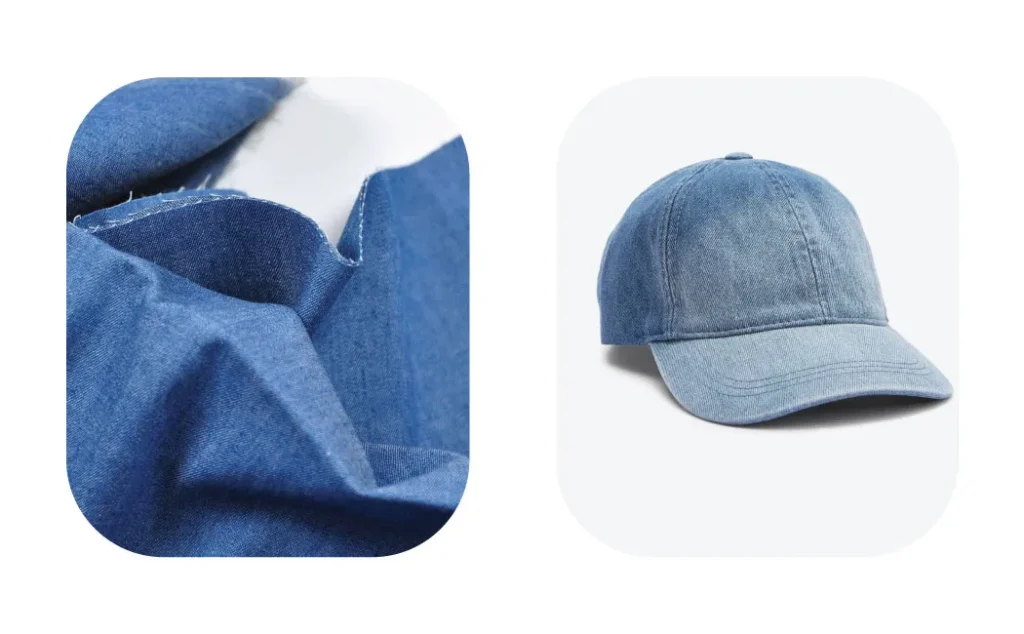
Seasonal hats need fabrics that suit different climates and activities. Winter hats require insulation, while summer hats need breathability and UV protection.
Wool and synthetic blends are best for winter hats, while cotton, straw, and light polyester work better for summer hats due to their breathability and sun protection.
- Winter Hats: Wool and wool blends are excellent for retaining warmth, making them ideal for beanies and winter caps. Polyester blends can also provide warmth without the weight.
- Summer Hats: Straw is the top choice for sunhats, providing excellent breathability and UV protection. Cotton is also great for casual summer caps.
- Transitional Hats: Blended fabrics like cotton-polyester blends offer versatility, suitable for both chilly mornings and warm afternoons.
| Season | Best Fabric | Benefits | Ideal Hat Type |
|---|---|---|---|
| Winter | Wool, Wool Blends | Warmth, insulation | Beanies, fedoras |
| Summer | Straw, Cotton | Breathability, UV protection | Sunhats, beach hats |
| Transitional | Blended Fabrics | Versatile, lightweight | Casual hats, baseball caps |
Ready to Customize Your Perfect Hat?
Choosing the right fabric for your hats can significantly impact comfort, durability, and style. Whether you prefer the warmth of wool for winter or the breathability of cotton for summer, understanding fabric options helps you make an informed decision. At Kinwin, we offer a wide range of fabrics tailored to your specific needs, from sustainable materials to high-performance fabrics.
Contact Kinwin today for a custom quote or to discuss your personalized hat project. Let us help you create hats that combine style, comfort, and quality, made just for you!



